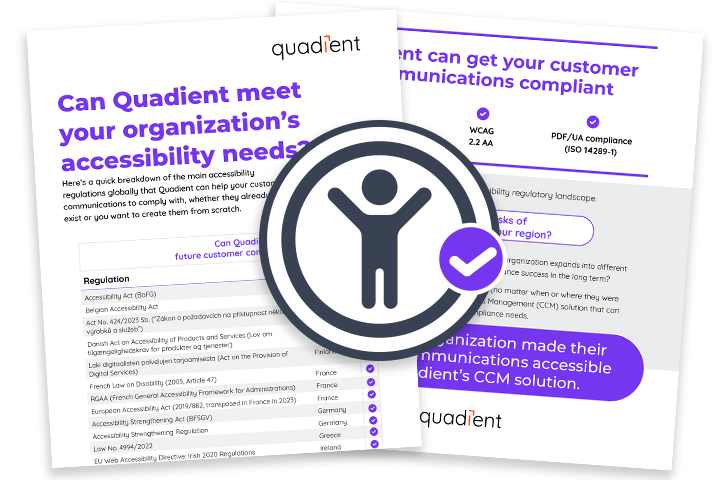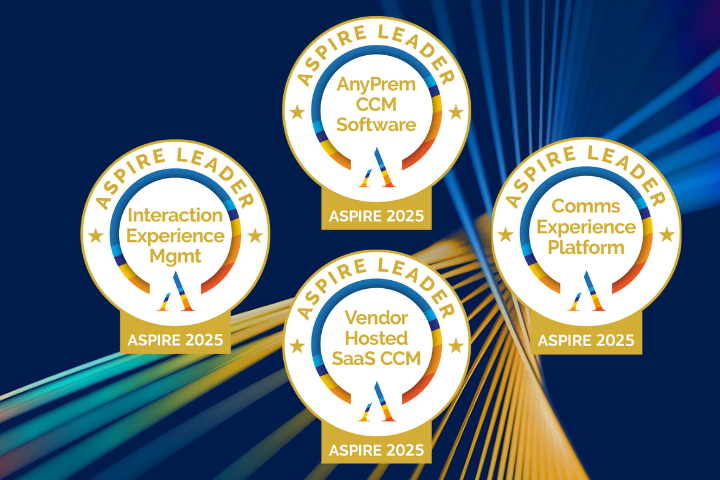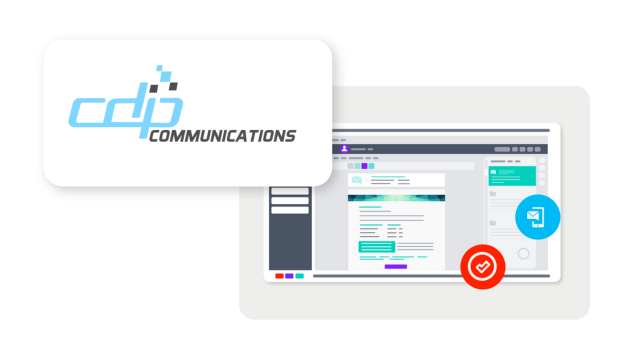
There is a lot of debate around the topic of recession. Some believe it is inevitable, while others aren't so sure. Wherever you stand on the debate, economic uncertainty is weighing heavily on teams as we head into 2023 planning and strategy sessions.
There are steps you can take to ensure fast, accurate decisions and enhance your organization’s ability to pivot when needed – starting with your accounts payable processes.
Analyze Your Cash Flow
One of the most important steps to making good decisions is having a clear, comprehensive view of the money coming in and going out at any given moment. You might be surprised to learn how often small mistakes in cash flow happen.
A recent survey showed 55% of business leaders don’t fully trust their data sets. Even more striking is that 70% of employees believe their CEO has made important decisions based on incorrect information.
That is a startling stat in any economic condition, but it can be devastating with a recession on the horizon when every dollar seems to carry extra weight.
A lack of reliable data also makes it difficult to know if you are making the most efficient use of your resources. You don’t want to pay invoices late (leading to potential fines, fees, or disruption of your supply chain), but with massive economic uncertainty, you also don’t want to send money out the door until it makes the most sense. Oversight of the AP process helps you strike that delicate balance.

Three Ways to Improve Data & Decision Making
There are many ways to ensure your organization has an accurate view of cash flow, and the ability to make informed decisions as a result. Here are three important ways automation can improve your AP processes:
1. Streamline Data Input
Data accuracy starts with a focused and consistent input process. We tell our clients to start by eliminating multiple points of entry and centralizing where data is stored.
The average company with 200-500 employees uses an estimated 123 software applications. Companies with fewer than 50 employees use as many as 40. The lack of communication between these sources increases the chances of mistakes, which can lead to delays in approval, paying too much or even duplicate payment of an invoice.
2. Formalize Your Approval Process
It is important to create a formal approval process, so every invoice is treated the same. Requiring multiple signoffs for invoices over a certain dollar amount increases accuracy and decreases the risk of fraud. It also keeps managers accountable for ensuring data quality as an invoice makes its way through the system.
Without a solid workflow for invoices, they can get lost in the shuffle, creating bottlenecks that lead to unpredictable peaks and valleys in cash outflow.
3. Formalize Important Communication
A common theme we hear from organizations seeking Accounts Payable automation is long, arduous audit processes. We advise clients to eliminate informal communication from formal processes. Organizations can take a huge step toward streamlined accounts payable by not using e-mail to request invoice approvals. Additionally, reducing your reliance on paper-based expense receipts makes it easier to audit that process and make any necessary changes.
Those are some keys to success and clarity as you plan out your strategic initiatives and goals for 2023. There are many other ways, big and small, your finance team can set the whole organization up for success.








